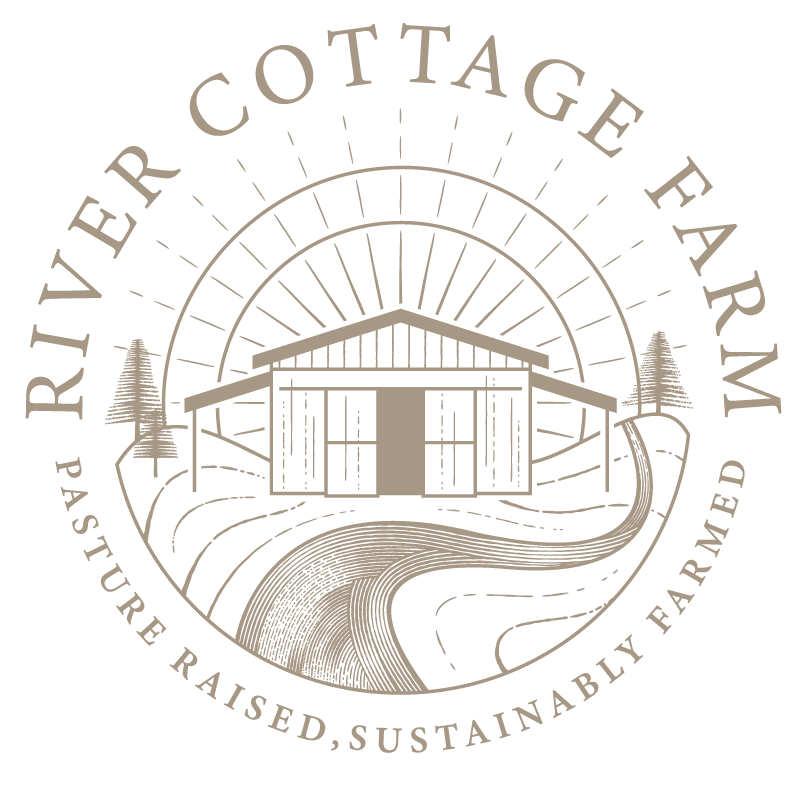With the advent of spring comes the time to order new trees to fill in gaps and extend the orchard. Since this will be our first year on the new farm there are several things to think about before we plant.
The first question to ask is what type of climate issues you might encounter
- Will you have to worry about early or late frosts?
- What trees and plants will do best in your region and planting conditions?
Then start to ask the gastronomical questions:
- What does my family love?
- What do I spend the most money on?
My best advice is to find a great company and stick with them over the years so that you can work together to perfect your orchard. I was lucky enough to have found Leuthardt Nursery ten years ago and they helped me to plant my first orchard. When I sold the property to Abundant Harvest Farm, they worked with Leuthardt to increase the orchard by 30 additional trees. Now that I am about to start again, I called Leuthardt and after a warm, familiar greeting we went to work on the new orchards at River Cottage Farm.
Fruit trees and berries are a bit tricky when planning because you have to plan for good pollinators otherwise you end up with all flowers and no fruit. Some fruit trees like peaches are mostly self-pollinating and it’s not such big issue but apples, pears and cherries require some planning. So here is my list for the beginning of my orchard.
Apples
Bramley Seedlings
Roxbury Russet
Fameuse
Cox Orange Pippen
Pears
Bartlett
Duchess D’angouleme
Comice
Cherry
Black Tartarian
Schmidt’s Biggereau
Montmorencey Sour Cherry
Stella
Peaches
Red Haven
Raspberries
Heritage – 5
Fall Gold – 5
Jewel – 5
Blueberries
Earliblue – 2
Collins – 2
Coville – 2
I have decided to go with semi-dwarf which tends to be a bit hardier than the dwarf varieties.So by the middle of April I will have my holes dug, proper amounts of compost and greensand applied just awaiting the arrival of our future orchard.
